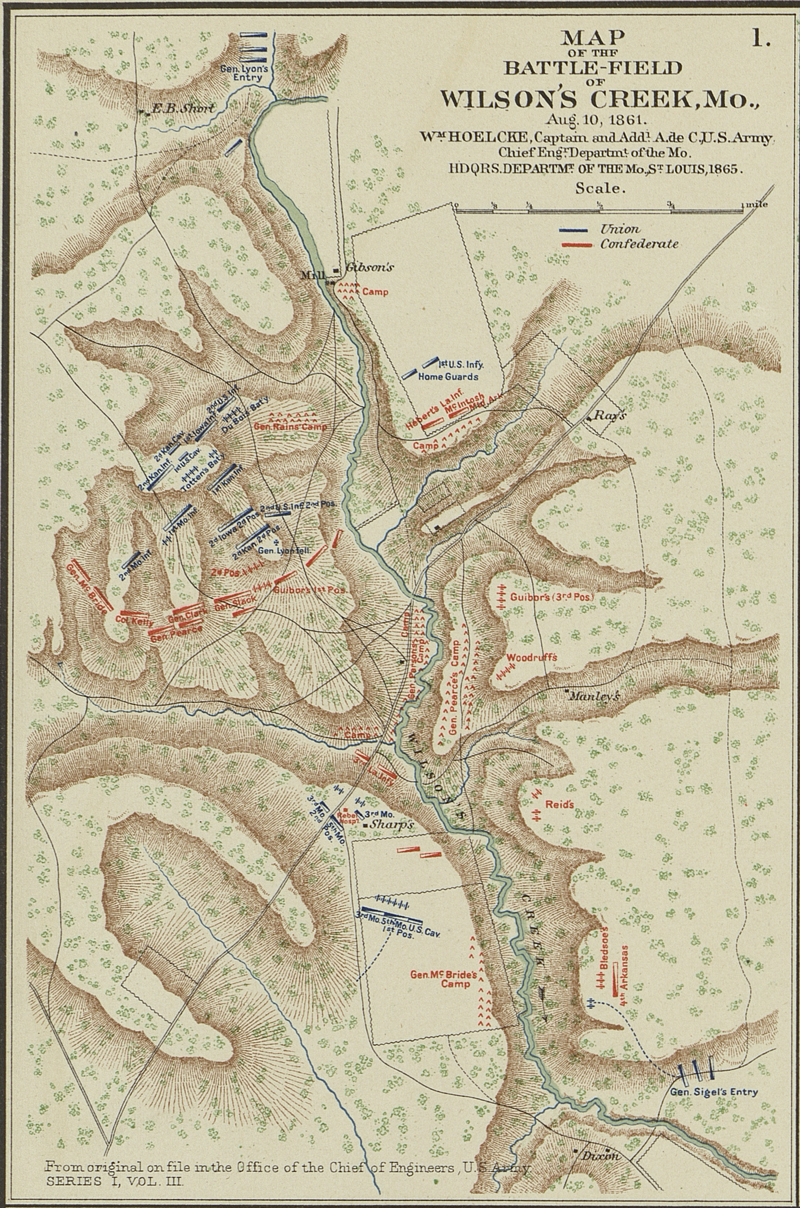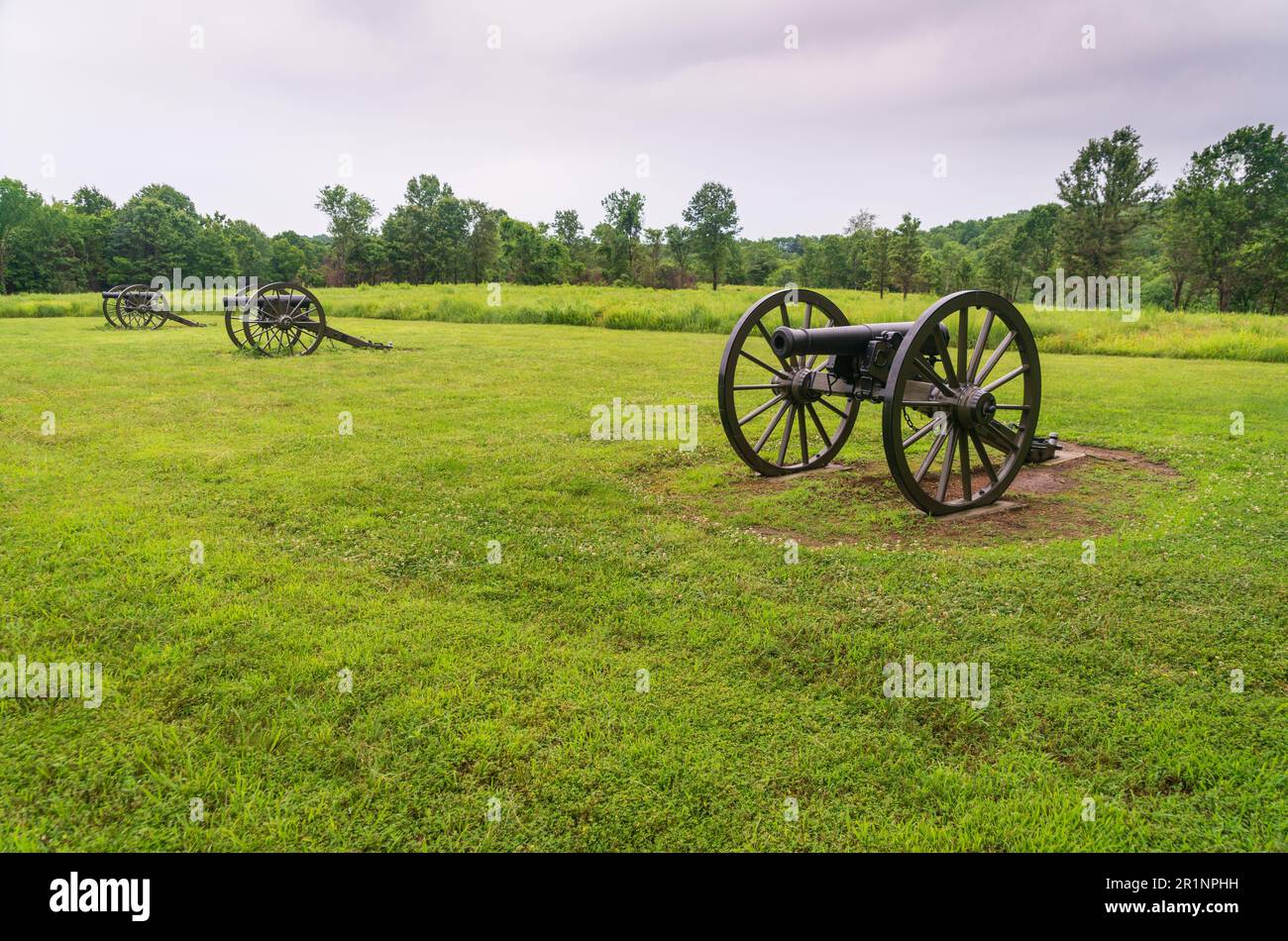
Echoes in the American Landscape: The Enduring Power of Legends, from Paul Bunyan to Mo Wilson Creek
America, a nation forged from diverse peoples and expansive lands, is a tapestry woven not just with historical facts but with the shimmering threads of legend. These tales, whether grand sagas of mythical heroes, chilling whispers of the unexplained, or localized anecdotes passed down through generations, serve as the cultural bedrock of the nation. They reflect its aspirations, anxieties, and the very spirit of its people, blurring the lines between what was, what could have been, and what we choose to believe. From the colossal feats of lumberjacks to the haunting secrets of a forgotten creek, American legends are a vital, living narrative.
The journalistic lens, typically focused on verifiable facts and contemporary events, finds a unique challenge and a rich subject in these legends. While not strictly "news," they are the enduring stories that shape communities, influence identity, and offer profound insights into the American psyche. They are the "unrecorded traditions of the people," as folklorist Richard Dorson put it, a parallel history whispered around campfires, sung in ballads, and enshrined in local lore.
Founding Myths and Frontier Heroes: Shaping a National Identity

The earliest legends often intertwine with the nation’s very foundation, elevating historical figures to almost mythical status. George Washington, the stoic general and first president, became the subject of tales like that of the cherry tree, a story of unimpeachable honesty fabricated by biographer Mason Locke Weems. While historically inaccurate, it served a crucial purpose: to instill virtues in a young republic and provide a moral compass for its citizens. Similarly, figures like Paul Revere, immortalized by Longfellow’s poem, became more than just a messenger; he became the embodiment of patriotic vigilance.
As the nation pushed westward, the frontier became fertile ground for new legends. Daniel Boone, the intrepid frontiersman, transcended the historical record to become the archetypal explorer, his life a blend of daring exploits and exaggerated encounters with the wilderness. Davy Crockett, the "King of the Wild Frontier," was a real congressman and frontiersman whose legend grew exponentially, fueled by almanacs and later, Hollywood. His coonskin cap became an icon, his motto "Be sure you’re right, then go ahead" an American creed. These men, through the lens of legend, became symbols of rugged individualism, courage, and the relentless spirit of expansion that defined a burgeoning nation.
Then there are the more benevolent, often whimsical, figures like Johnny Appleseed (John Chapman), who traversed the Midwest planting apple orchards. His story, while rooted in a real person’s altruistic endeavors, grew into a legend of a gentle wanderer, a harbinger of civilization and abundance. These legends, whether about presidents, pioneers, or planters, offered a collective narrative, a shared understanding of what it meant to be American.
Giants of Labor and the Wild West: Embodiments of Strength and Rebellion
The industrial revolution and the taming of the vast American landscape gave rise to a different breed of legendary figures: the larger-than-life working heroes. Paul Bunyan, the colossal lumberjack and his blue ox, Babe, are perhaps the most famous. Their tales, born in logging camps, spoke of strength, ingenuity, and the human capacity to conquer nature. Paul Bunyan could fell entire forests with a single swing of his axe, and Babe was so big he drank rivers dry. These stories provided not just entertainment but a sense of pride and camaraderie among those engaged in back-breaking labor, transforming arduous tasks into epic feats.
John Henry, the "steel-driving man," represents another facet of this labor mythology. His legend, born from the construction of railroads, tells of an African American worker who raced a steam-powered drill, winning but dying in the process. John Henry’s story is a poignant commentary on human resilience in the face of technological progress, a testament to the strength and dignity of the working class, and a powerful, if tragic, symbol of resistance against dehumanizing forces.
The Wild West, a period of rapid change and lawlessness, also birthed an entire pantheon of legends, often blurring the lines between hero and villain. Figures like Jesse James, the infamous outlaw, were simultaneously reviled by authorities and romanticized by the public as a sort of Robin Hood figure, striking back against corrupt banks and railroads. Billy the Kid, Wyatt Earp, and Doc Holliday became household names, their exploits amplified and embellished, often through dime novels and later, cinema. These legends captured the American fascination with rebellion, justice (or its absence), and the raw, untamed spirit of the frontier. They tapped into a deep-seated desire for tales of defiance against authority, reflecting a nation still grappling with its own identity and the rule of law.
The Spooky and the Unexplained: Shadows in the American Psyche

Beyond the heroic and the historical, American legends delve into the mysterious and the macabre, reflecting the nation’s fears and its enduring fascination with the unknown. Bigfoot, the elusive ape-like creature said to roam the Pacific Northwest, is a prime example. Sightings and blurry photographs fuel a persistent belief, tapping into a primal human urge to believe in creatures that exist just beyond the veil of civilization, remnants of a wilder world. The Jersey Devil, a winged, horse-headed creature said to inhabit the Pine Barrens of New Jersey, has terrified locals for centuries, a chilling example of regional folklore that has achieved national notoriety.
Ghost stories, too, are an integral part of the American legendary landscape. From the Headless Horseman of Sleepy Hollow, a classic American gothic tale, to the countless haunted houses, battlefields, and old hotels across the country, these legends speak to our connection with the past and our anxieties about death and the afterlife. They often serve as cautionary tales, historical markers, or simply as a way to confront the inexplicable.
Mo Wilson Creek: Where Local Lore Echoes the National Narrative
While many legends command national attention, the true richness of American folklore often lies in its myriad local tales, stories that are deeply personal to a community yet echo the universal themes found in grander narratives. And it is here, in the unassuming corners of the nation, that we might find a place like Mo Wilson Creek.
Nestled in the heartland, far from the bustling metropolises and the well-trodden paths of major historical events, lies Mo Wilson Creek, a place whose very name whispers of untold tales. While not etched into the national consciousness like the exploits of Paul Bunyan or the mystery of Bigfoot, Mo Wilson Creek represents the countless localized legends that truly form the granular fabric of American folklore.
Imagine a place where the trees grow particularly gnarled, and the water flows with an unusual murmur. Perhaps it’s a spot where, during the Civil War, a small, forgotten skirmish took place, leaving behind whispers of spectral soldiers marching on moonlit nights. Or maybe it’s the site of a hidden treasure, buried by a desperate pioneer family fleeing danger, its location lost to time, known only through fragmented clues and tantalizing rumors passed down through generations.
"Every bend in the creek, every old oak tree, holds a story," says Elara Vance, a local historian and storyteller from the region near Mo Wilson Creek. "These aren’t just old wives’ tales; they’re the memory of a place, the way people make sense of their past, their landscape, and sometimes, their fears. Mo Wilson Creek might not be famous, but its stories are just as vital to the people who live here as any national legend."
The legends of Mo Wilson Creek, whether they involve a ghostly figure searching for a lost love, the echo of a forgotten battle, or the glint of a hidden gold vein that vanished with its discoverer, are powerful precisely because of their intimacy. They are lived, breathed, and believed in a way that grand national narratives, for all their scope, sometimes cannot be. They provide a sense of rootedness, a connection to the immediate environment, and a shared cultural heritage that binds a community together. These local legends often explain unusual geographical features, provide moral lessons, or simply offer entertainment around a crackling fire on a cool evening. They remind us that the American landscape is not merely physical space, but a repository of human experience, memory, and imagination.
The Enduring Power of the American Legend
Why do these legends persist? Why do we, as a nation, continue to tell and retell stories that often defy logic or historical verification? The answer lies in their profound utility. Legends are more than just entertainment; they are cultural artifacts that:
- Shape Identity: They provide shared narratives that help define what it means to be American, whether through the virtues of its founders or the resilience of its laborers.
- Preserve History (and its interpretation): Even when factually incorrect, legends often contain kernels of truth or reflect historical anxieties and aspirations. They show us how people understood their times.
- Offer Moral Lessons: From the honesty of young Washington to the tragic heroism of John Henry, legends often teach about right and wrong, courage and perseverance.
- Explain the Unexplained: They provide narratives for natural phenomena, historical mysteries, or personal tragedies that might otherwise remain incomprehensible.
- Foster Community: Sharing local legends, like those perhaps found around Mo Wilson Creek, creates a sense of belonging and a shared cultural heritage among residents.
- Inspire Imagination: They ignite creativity, encouraging new stories, art, and interpretations, keeping the narrative alive and evolving.
In a rapidly changing world, where information is instantaneous and often overwhelming, the slow, deliberate unfolding of a legend offers a different kind of truth. It’s a truth not of data points, but of human experience, emotion, and the collective imagination. From the mythic expanse of Paul Bunyan’s forests to the intimate whispers along Mo Wilson Creek, American legends continue to resonate, reminding us that the story of a nation is never just about what happened, but about what is believed, what is dreamed, and what is passed on, generation after generation. They are the living pulse of a country that forever seeks to understand itself through the stories it tells.


